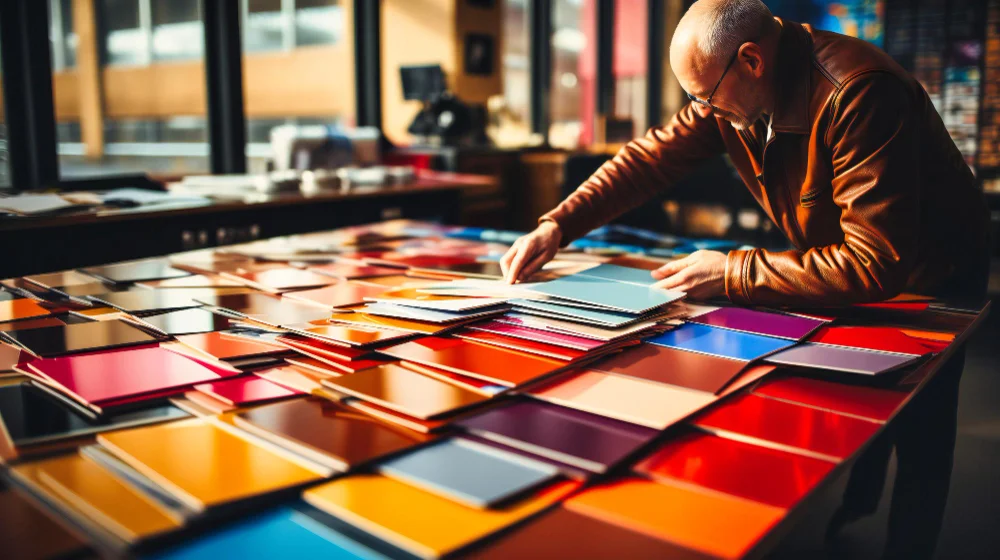Have you ever designed a pattern that looked perfect on your screen but didn’t quite translate well to print? Designing patterns for print requires special attention to detail to ensure that the final output is as striking and professional as intended. Tools like a vector pattern generator make creating scalable and seamless designs easier, but optimizing them for various print mediums involves more than just exporting the file. Let’s explore the essential steps to ensure your patterns shine on every surface, from paper to fabric.
Understanding the Requirements of Different Print Mediums
Each print medium has its own requirements, and understanding them is the first step in optimization. For instance, printing on fabric demands a design that accounts for texture and stretch, while paper requires sharp and vibrant details. Using a pattern creation tool allows you to create flexible designs that can be easily adjusted to suit these needs.
The choice of colors, pattern density, and alignment significantly ensure your design translates well across mediums. A high-quality pattern should maintain its visual appeal regardless of the printed material. Knowing the specifics of your chosen medium helps guide your decisions in the design and production stages.
Choosing the Right Colors for Each Medium
Colors often appear differently in print than on a digital screen. Print mediums rely on CMYK color profiles, while screens display RGB. To ensure your patterns retain their intended vibrancy, convert your design to CMYK early in the process. This adjustment allows you to preview how the colors will appear in print.
For fabric printing, opt for colors that can withstand washing and wear. Bright tones may fade over time, so it’s important to test your palette on a sample before committing to production. On paper, colors should complement the material’s natural finish—matte papers require subtler shades, while glossy finishes can handle bold, striking hues.
Adjusting Pattern Size and Scale
Scaling is critical when optimizing patterns for different print applications. A pattern that looks great on a small notebook might feel overwhelming when enlarged for wallpaper. Conversely, a detailed design might lose its impact if shrunk to a smaller medium.
When designing, consider how the pattern will be viewed. Large-scale prints are better suited for simple, bold patterns that can be appreciated from a distance. Intricate designs are perfect for smaller surfaces where viewers can take in the details up close. Using tools that offer seamless scaling, like vector-based design software, ensures your pattern maintains its quality regardless of size.
Testing for Seamless Repeats and Alignment
Misaligned patterns disrupt a print’s aesthetic like nothing. Before finalizing your design, thoroughly test for seamless repeats. This ensures the pattern aligns perfectly when printed in larger sections, such as fabric rolls or wallpaper sheets.
Adjusting the spacing between elements and checking for symmetry can help avoid disruptions in the design. A pattern that flows naturally creates a professional and polished look.
Selecting the Best File Format for Printing
The format of your design file plays a major role in how your pattern is rendered in print. Vector formats like SVG or EPS are ideal because they allow for scalability without losing quality. These formats are especially useful when working with a vector pattern generator, as they preserve the crispness of lines and shapes.
If your pattern includes textures or gradients, ensure the file is saved in a format that supports these features, such as PDF or TIFF. Avoid compressing the file, which can reduce image quality and impact the final print. High-resolution files (300 DPI or higher) are essential for sharp, professional results.
Optimizing patterns for print mediums combines creativity with technical precision. By tailoring your designs to the specifics of each material and process, you can achieve stunning prints that bring your patterns to life. Explore these tips today, and make your designs stand out in every application!



